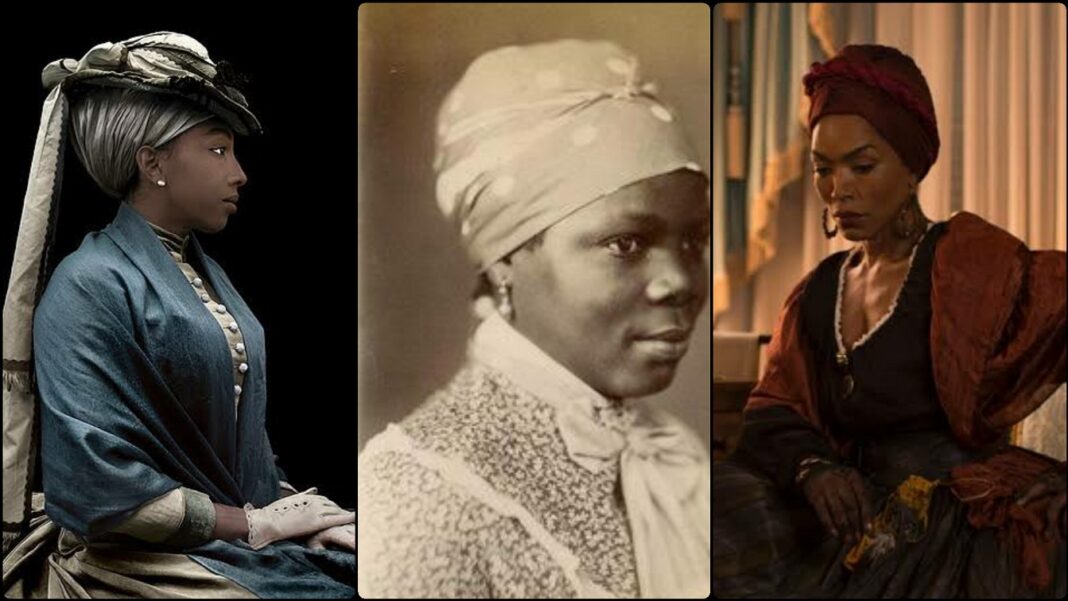Over the centuries, Black hair remains a topic of conversation and fascination all over the world. While many praise Black hair as exceptionally beautiful by every standard, others look down upon it with disdain, and mostly envy.
Black women’s hair, as is evident in various
Black women’s hair, as is evident in various
places across the globe today, have been policed and appropriated for centuries, dating back to a series of laws passed in 1786, in the United States. These laws are today known as the Tignon Laws.
Resembling today’s West African Gele, a tignon (also tiyon) is a type of
Resembling today’s West African Gele, a tignon (also tiyon) is a type of
head-covering. It is a large piece of material wrapped or tied around the head to form a kind of turban concealing the hair.
Tignons were worn by free and slave Creole women of African descent in Louisiana from 1786. Historically, their prevalence was as a result of sumptuary
Tignons were worn by free and slave Creole women of African descent in Louisiana from 1786. Historically, their prevalence was as a result of sumptuary
laws passed in 1786 under Governor Esteban Rodriguez Miró.
These prescribed and enforced appropriate public dress styles for women of color in a white-dominated society. Hence, they were made as a way of regulating the appearance of Black women in the U.S.
During the period,
These prescribed and enforced appropriate public dress styles for women of color in a white-dominated society. Hence, they were made as a way of regulating the appearance of Black women in the U.S.
During the period,
when Black enslavement in America was at its peak, and places like New Orleans was unique in its high population of gens de couleur libres (free people of color), Black women’s beauty and features often attracted white men who approached them as suitors.
This enraged white women
This enraged white women
who perceived them as competitors. Evidently, African women competed openly with white women through elegant dressing, including adorning their textured hair with gems, beads, and other accents that made them stand out from white women and possessing great beauty.
To take care of
To take care of
this perceived menace, series of sumptuary laws birthing the Tignon Law were put in place in order to stop white men from pursuing and engaging in affairs with Black women. Despite the aim for which it was created, the Tignon Law would, ironically have a somewhat different
effect; instead of being considered a badge of dishonor, the tignon…became a fashion statement.
The bright reds, blues, and yellows of the scarves, and the imaginative wrapping techniques employed by their wearers, are said to have enhanced the beauty of the Black women.”Hence,
The bright reds, blues, and yellows of the scarves, and the imaginative wrapping techniques employed by their wearers, are said to have enhanced the beauty of the Black women.”Hence,
Black women turned what was meant to suppress them into a fashion statement.

 Read on Twitter
Read on Twitter


